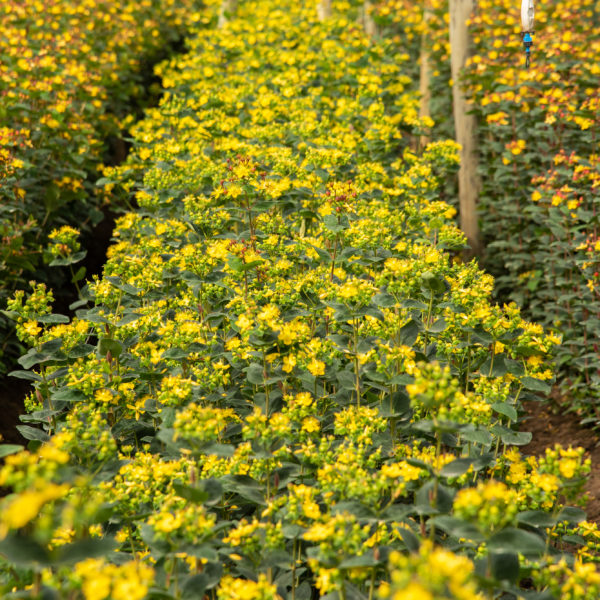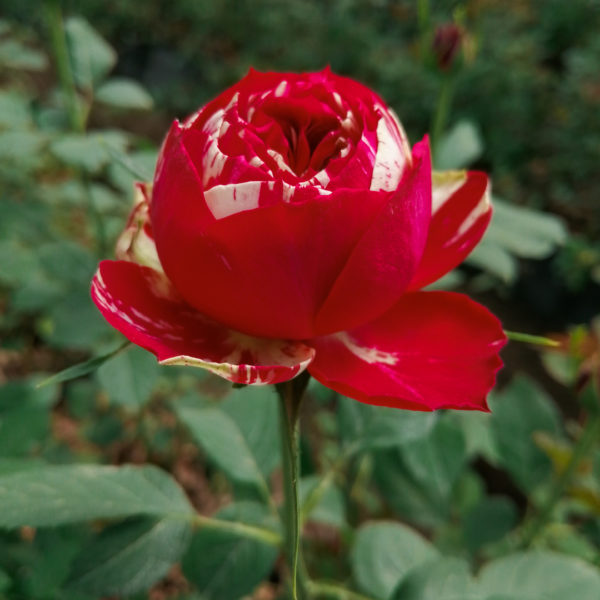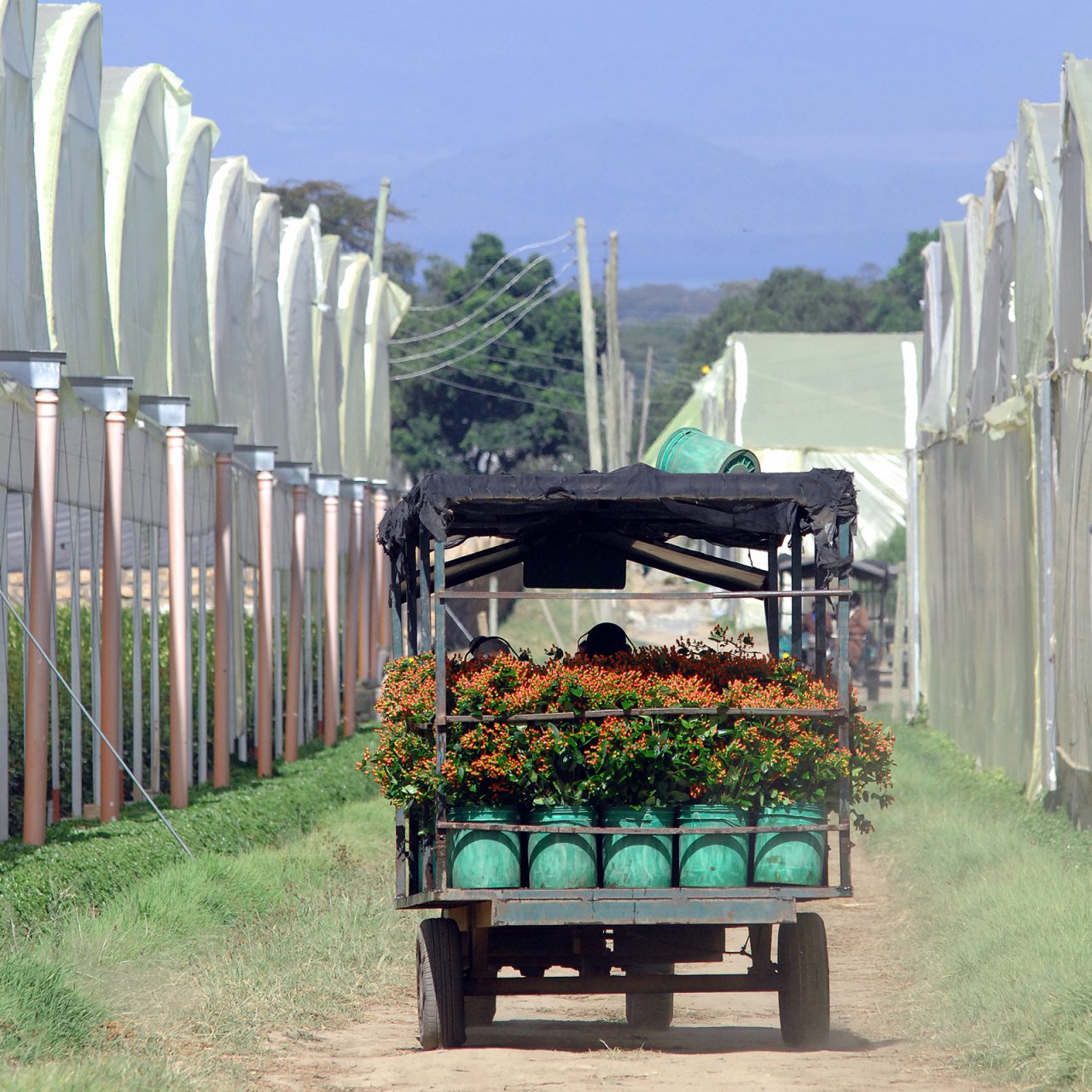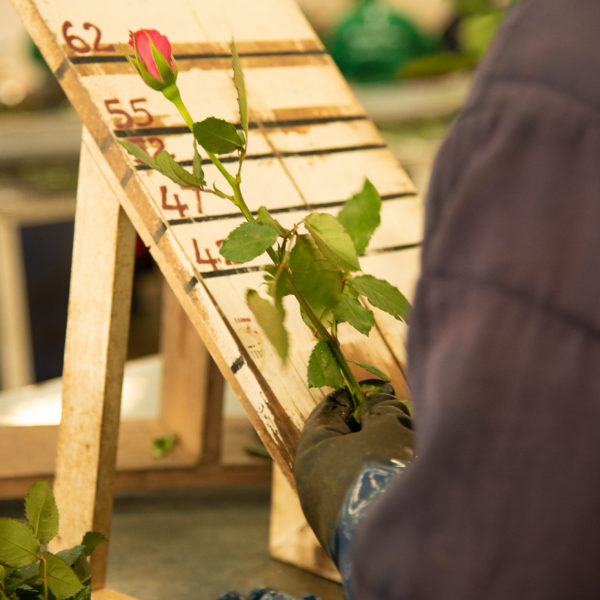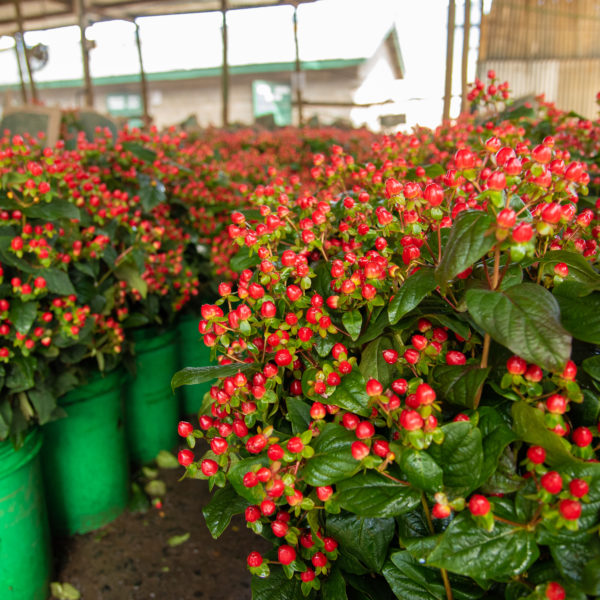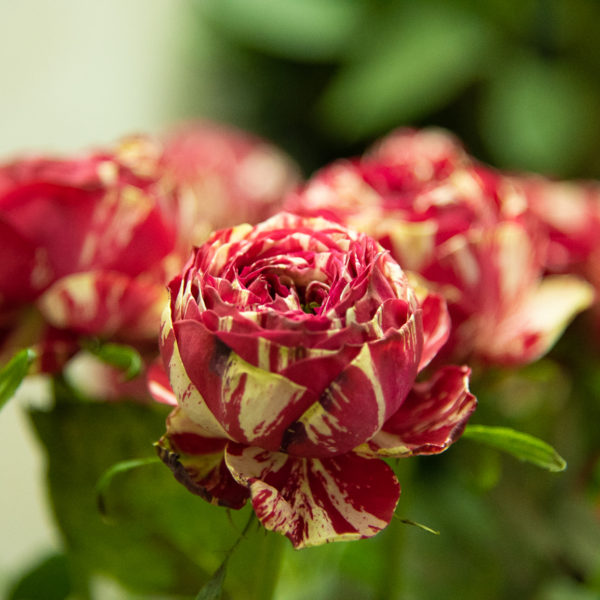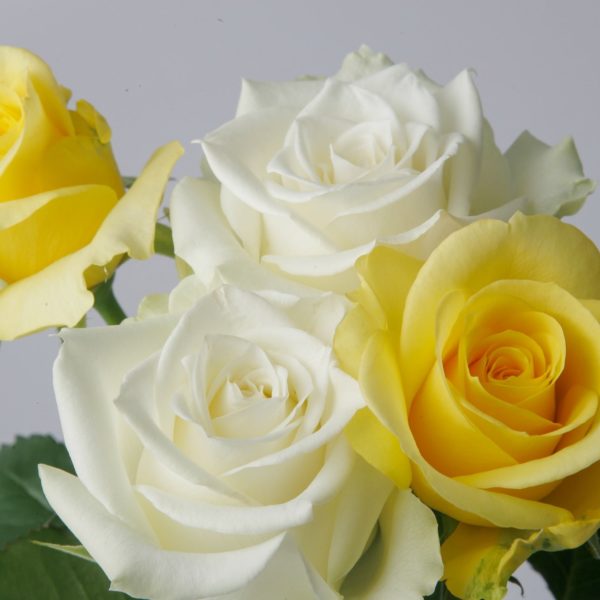Flower Farming in Naivasha: Wildfire Flowers
Flower Farming in Naivasha: Wildfire Flowers
Located along the Moi South Lake Road in Naivasha is Wildfire Flowers, started in 2000 by Peter and Sylvia Szapary. Wildfire Flowers first started growing Summer Flowers outdoors before shifting to Hypericum in 2010 and then Roses much later.
Read MoreRoses & Hypericum
Wildfire has over 41 hectares of flowers: 18 hectares of Roses and 23 hectares of Hypericum. They have 14 different varieties of roses including: Commanche, Athena, H30, Ranuncula amongst others, and four varieties of the Hypericum from the Magical Series: Magical Seasons, Magical Triumph, Royal Princess, Magical Green Power.
Wildfire grows its roses in greenhouses, ensuring that the plant has optimal conditions to produce quality flowers. The production team staff have monitor, care for, and eventually harvest flowers in their designated section. Roses are delicate plants and as a result, they require constant tending to and utmost care. The different rose varieties have sales demand throughout the year, but with significant peaks in demand around special events and holidays. During Easter, the demand for yellow and white roses is exceptionally high; Valentines sees an increase in demand for red, white, and pink roses, and Mother’s Day favours pink and cerise roses.
On the other hand, hypericum is an outdoor plant: The weather conditions in Naivasha being particularly favourable for their growth. Hypericum requires light and a lot of water for the final product to be of good quality. Wildfire employs the use of drip-feed irrigation lines to water hypericum. This maximises the use of water and reduces water waste because less will be lost through evaporation. Unlike roses, the demand for hypericum is more consistent throughout the year.
The farm has over 600 members of staff working in different departments to ensure that the end product is of the best quality and to customer specifications.
Cost
Roses are expensive to grow and maintain however the returns are relatively high too. Hypericum requires less daily care and attention compared to roses, however, their need for lots of water increases its maintenance cost and in the long run, they balance each other out. Even though it may be costly to grow these flowers, the returns are usually high and profitable. This is provided they maintain their high quality and thus good reputation in the market place.
The Process
After harvesting the roses, they are dipped head first in Chrysal Inicial; a conditioning product that kills any bacteria and maintaining leaf and flower quality, thus reduces flower wastage.
The cut roses are placed into buckets and into an intake cold room where they are left to condition. They will be in here for at least four hours, ideally overnight. This gives the flowers time to absorb the hydration solution slowly, as well as lower their temperature from the greenhouse. After the hydrating process is complete, the staff inspect, grade and pack the roses.
Wildfire has a QC team that checks the flower’s petals, leaves and overall quality – and for any signs of pests and diseases. After the QC checks, the flowers are then ready for packing. Flower grading depends on length, head size, cut stage, and customer specifications.
For Hypericum, after harvest, the workers spray them with plenty of water before transporting them to the receiving bay for cleaning. They do this in order to get rid of any dirt and keep the leaves clean before grading and packing. Customer specifications include the length and number of berries.
The flowers are graded with regard to length, head size, cut stage and customer specification.
After packing, the flowers are vacuum cooled, to ensure the temperatures are brought right down. They will then stay in the cold room before transport to Nairobi airport.
Challenges
Flower growing is never easy for growers. One of the most common challenges farms have to deal with is the different pests and diseases attacking their crop like downy mildew, powdery, and mites. Fungal infections often attack leaves leaving the plants looking dull and sickly. For roses to be exported, they have to have clean and healthy leaves and petals - and be in A1 condition. To manage this menace, the farms are sprayed once or twice a week, to precise (and approved) mixes and programs because too much treatment may also hinder growth.
